Pearl is just a flake of mica, or other material, suspended in the clear coat. The color is the result of light refraction from the interference of the individual microscopic flake layers.
Chameleon paint is a pearl that changes color with a viewing angle. For example, it may look one color from straight on, another from an angle.
The effect works better with thicker coats because it takes more layers to create the interference. If you see a lot of metallic in a single stage paint job, they probably didn’t spray it thick enough to cover the metallic.
The pearl itself is just tiny particles of ground-up glass which is added to the inter-coat clear which is a base coat with no color pigments added. Then the clear coat is sprayed, dry is hard, and shiny and can be sanded and buffed to shine like glass.
Table of Contents
What is the difference between a clear coat and a clear Pearl?
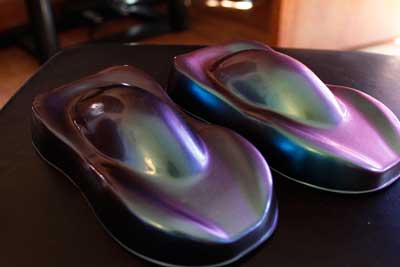
A base coat is the first coat of paint on a car. The base coat is applied after the primer and gives the car its main color. The finish you get from your base coat will depend on what kind of paint you use if you use a solid color or pearl pigment, and how many coats of paint you apply.
A clear coat is a transparent layer of paint that goes over the base coat and provides a glossy finish. The clear coat will protect the base coat from fading due to UV rays and it can protect against light scratches as well. A well-maintained clear coat can make your car glisten in the sun for years to come.
The clear Pearl is also known as “pearlescent” or “chromatic” paint, which means it has a special pigment in it that sparkles when hit by sunlight or another light source. This sparkling effect is similar to that of pearls, which is why it’s called pearlized paint.
What is a pearl coat?
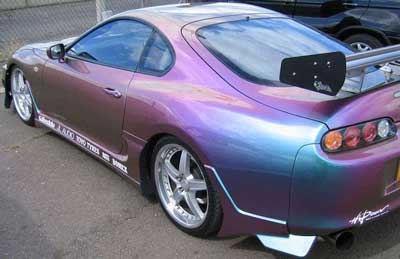
The pearl coat adds a pearly or chalky look to your paint. It is used to achieve pastel colors and flakes. The base coat/clearcoat system is the most common painting system used in the United States. This means that the clear coat will be applied over the base color, which creates a smooth, glossy finish.
A pearl coat is an optional extra layer of paint that is applied on top of the base color and then again covered with a clear coat. It can give a car’s paint job an eye-catching shimmer.
The thicker you apply it, the more shine you’ll get. The more coats you apply, the deeper it will be. It also gives the paint more depth and makes it shimmer or sparkle indirect light (depending on how much of it you use).
What happens if you put Pearl in the clear coat?
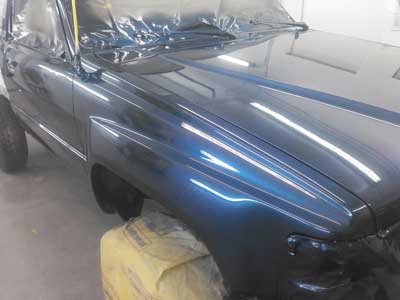
You could probably do it, but there is a reason most car paint companies don’t make a pearl-in-clear coat.
First of all, let’s talk about mixing pearl in clear. Pearl is a pigment – which means it’s solid particles suspended in the liquid. When you mix something like that in clear, you are adding a lot of extra stuff to the cheap, fast-drying stuff that is clear coat. It adds body to the mixture, making it heavy and thick. That makes it more difficult to spray, and also makes the finished product take longer to dry and cure.
Here’s the other thing to consider: Pearl normally must be mixed in with a color base coat. The color base coat is what gives the pearl its tinted appearance. Without anything for the light to reflect off of, the pearls won’t “pop” or look as shiny or metallic. You could try mixing some pigment into your clear coat mix along with the pearls – but then you’re getting back into that heavy, slow-drying nightmare mentioned above.
What is the difference between clear coat and INTERCOAT?
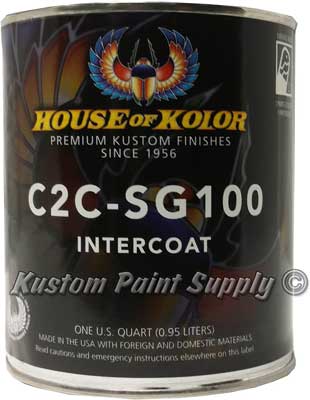
It’s important to understand that these are two different things. Clearcoat is a top coat of clear paint that provides a glossy shine to the surface of your vehicle and protects it from environmental damage.
Intercoat is an intermediary layer that allows the base coat and clear coat to bond together. If your car requires a new finish, the winter coat will be applied first, followed by the base coat, and finally the clear coat.
Because clear coats can be removed and replaced, they are usually the first step taken when refinishing a vehicle. To do this, you have to apply fine-grit sandpaper, such as 1500 grit or higher, over the surface and sand it down until you reach bare metal. Once that’s done, you can then apply an inter-coat over that area before applying your base coat and clear coat.
Intercoat is typically only used in areas where there has been extensive damage to the vehicle. For example, if you scratch your bumper badly enough for the metal to show through, you may need an inter-coat before applying for your new paint job. In less severe cases, however, simply applying a new clear coat over the old one will suffice.
Does pearl go in a base coat or clear coat?
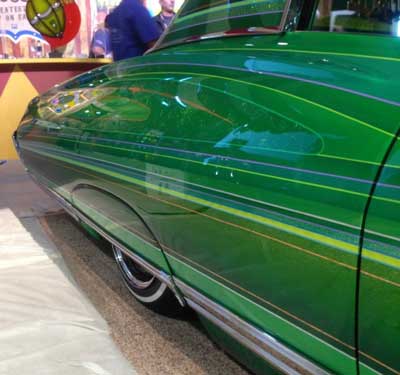
If you want to apply a pearl coating to your vehicle, it will require either a base coat or a clear coat paint job. Either way, you’ll need to lay down a pearl effect coat over the top of the base coat (or the previous stage of clear).
The technique is the same, but the decision to use a pearl white base coat vs. a pearl white clear coat is based on what’s underneath.
When you’re going for a pearl finish, you can choose either a base color paint or no base color at all. If you choose no base color, you’ll have to apply a few layers of colored pearlescent paint before applying your clear coat.
This method gives you more control over how much of the original color your pearls show through, but it also requires that you add coats of clear over your pearls.
What is a pearl paint finish on a car?
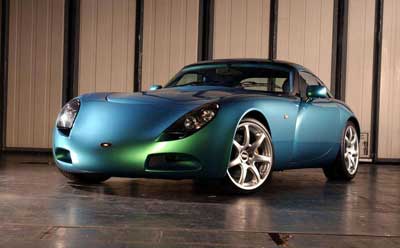
Pearl paint finishes are car paint finishes that have a pearlescent, or pearly, look to the paint. The pearl finish is an effect on top of the base coat, in contrast to metallic finishes, which are often part of the base coat itself.
In pearl paint finishes, different colored pigments are used to make the finish look like it has many different hues depending on how it reflects light.
Pearl paint finishes are much more common in higher-end cars and trucks. They are also used on high-end motorcycles. The level of coverage and shimmer can vary greatly from vehicle to vehicle.
While many pearl paints use white as a base color, others may use black or other colors for an entirely different effect.
Pearl paint is a kind of automotive paint that gives cars a shiny, reflective look. It is made up of the same base paint colors as other paints and includes tiny pearl-like particles that make the car shine. The particles are better known as mica, rock, or natural colored aluminum.
What is pearl paint used for?
Pearl paint is a type of paint that contains small, reflective particles. This paint is used to create a pearlescent effect on walls, craft projects, and other items.
Pearl paints come in a wide range of colors. In addition, there are several different types of pearl paint available, including both latex and oil-based varieties.
Pearl paints are usually applied with a brush or roller, although they can also be sprayed on.
Painters can also purchase pearl paint in spray cans for use in art projects and some types of crafts.
The difference with pearl car paint is that it has an additional component that’s not found in other automotive paints: transparent color pigments. These transparent pigments give pearl car paint colors their unique look.
Transparent color pigments are like little colored lenses that refract light as it passes through them, creating the multi-colored effect of candy car paint colors or the iridescent look of pearl car paint colors.
Can you mix Pearl in a base coat?
You can mix pearl in the base coat, but it will not give the same effect as having the pearl in the clear. I have done it before and it does seem to make the color a little bit lighter and duller.
The pearl will also tend to settle out of the base coat much quicker than if it is mixed in a clear topcoat.
In general, it’s not good to mix acrylic paint with anything besides water. It’s especially bad to mix acrylic paint with other types of paint because you’ll end up with a lumpy mess. The only exception is using pearlized paint in the base coat.
Pearlized paint contains very tiny flakes of mica that reflect light and make it shimmer. The flakes are so small, however, that you need a base coat to make them show up. You can use either an off-white or light gray for this purpose.
You can also buy translucent paints, which have larger flakes or sparkles and don’t require a base coat. They work similarly to pearlized paints, but they are more transparent.
Frequently Asked Questions
#1. How do you add Pearl to car paint?
Pearl pigment can be added to paint from a variety of different sources, but most commonly pearl is added as a dry powder that can be mixed with a clear coat or any other paint product.
The key to successfully adding pearl pigment to paint is to mix it with a binder such as a clear coat. Pearl can also be added to base coat paints and single-stage paints, but these will require a mixing medium rather than a clear coat.
#2. How many grams of Pearl does it take to paint a car?
The paint on most late-model cars is about 0.005 inches thick, and the coverage of a gallon of paint varies from 12 to 15 square feet. A pint of pearlized paint, at $3 to $4 per pint, covers 25 to 30 square feet.
The cost of a pint runs between $3 and $4, and one pint is enough to cover a typical car. An entire can of pearlized car paint costs around $50, which is approximately the same price as four cans of traditional paint.
#3. How long can base sit before clear?
The base coat should be applied in about two medium-wet coats, and it should be allowed to dry for 30 minutes. After the base coat is applied, you may apply a clear coat.
If you wish to wet sand it before applying the clear, you may do so, but it isn’t necessary. We recommend applying two medium-wet coats of clear and allowing the clear to dry for 1-2 hours.
#4. What is a ghost, Pearl?
A ghost pearl is a pearl that has not yet been accepted by the oyster. Sometimes this happens when the nucleus is rejected, or when an oyster has not yet fully healed from being implanted with the nucleus.
In either case, it will not be accepted by the oyster and is considered a “ghost pearl”. A ghost pearl will look like a round object inside the shell.
Conclusion
Clearcoat is a glossy, transparent coat of paint that is applied over the base coat. It provides protection to the paintwork, enhances the depth of color, and adds shine.
Pearl clear coats are also shiny and transparent but have a pearlescent finish that causes the paintwork to shimmer and gleam in certain light.
